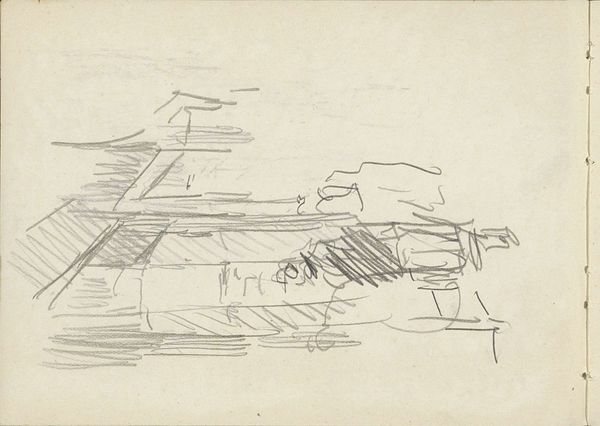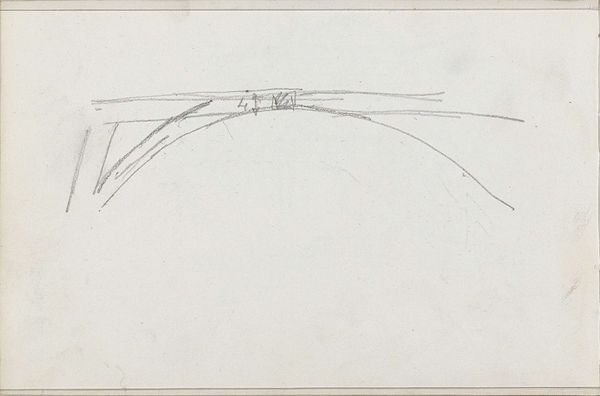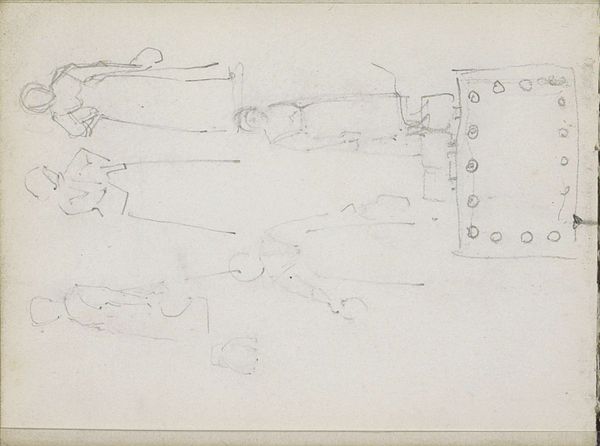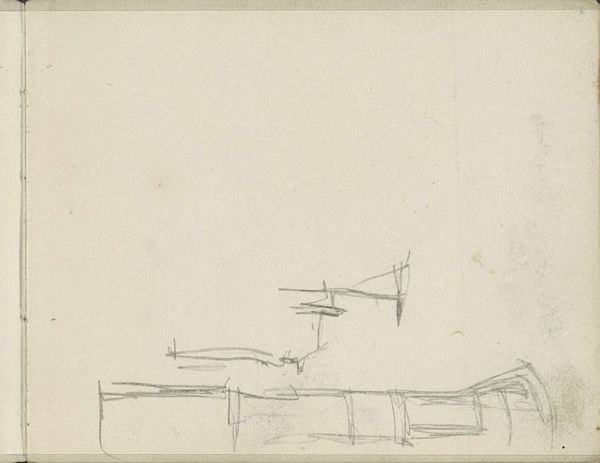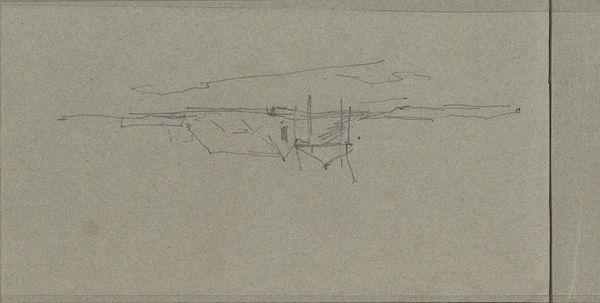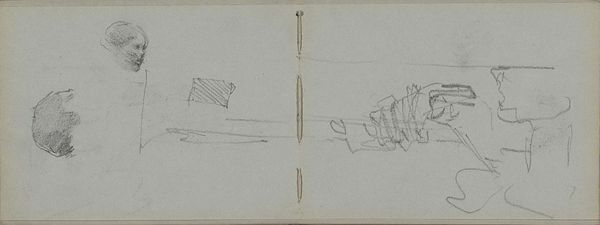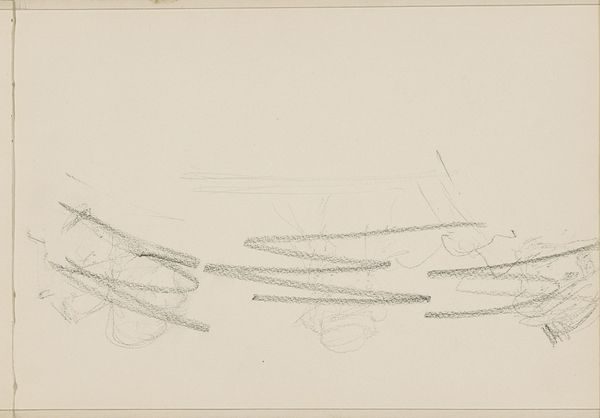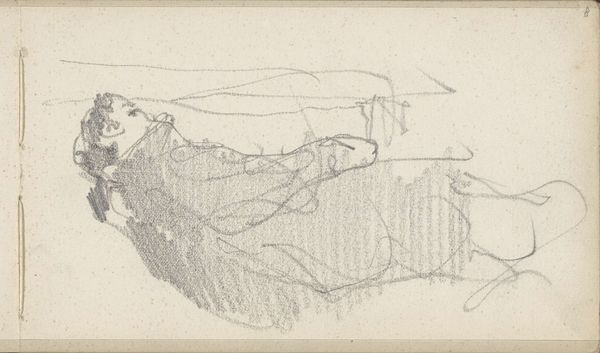
drawing, paper, pencil
#
drawing
#
impressionism
#
landscape
#
paper
#
pencil
Copyright: Rijks Museum: Open Domain
George Hendrik Breitner sketched this image of the tracery window of the New Church in Amsterdam, probably around the turn of the 20th century. In the Netherlands at this time, the church was a complex social institution, often aligning with political and economic power. Breitner seems to have been fascinated by the architectural details of the church. Look at the quick and expressive lines with which Breitner captured the intricate stone framework of the window. The drawing is not just a representation of the church’s architecture, but an interpretation of the role of the church in Dutch society. It suggests a tension between the church's imposing physical presence and its moral authority. Was Breitner, with his sketch, questioning the values of the church? Or was he celebrating the historical and cultural significance of the building? To understand Breitner's motivations fully, we need to consider his other works, his personal writings, and the broader social and political context of the Netherlands at the time. Art historians often consult church records, political pamphlets, and personal letters to enrich our understanding of artworks like this. The meaning of art is always contingent on its social and institutional context.
Comments
No comments
Be the first to comment and join the conversation on the ultimate creative platform.
